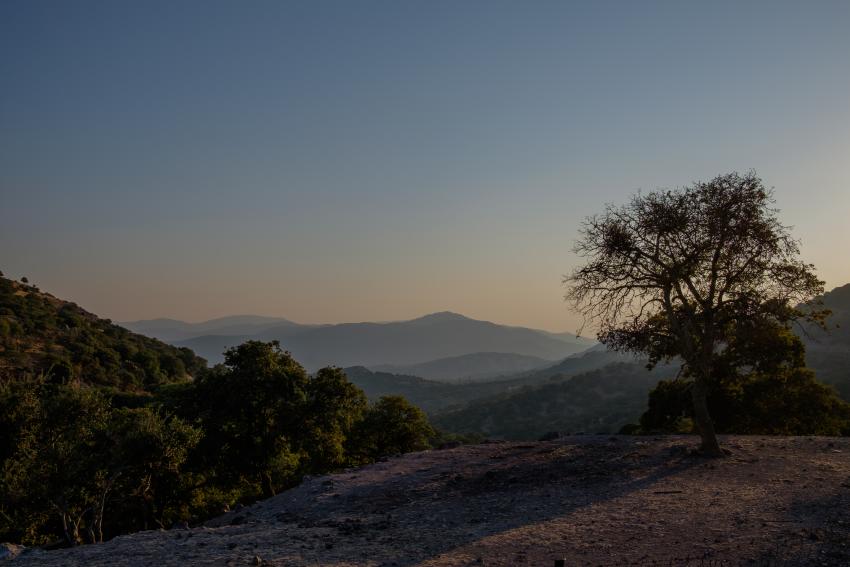- Read offline
- Access all content
- Use the in-app Map to find sites, and add custom locations (your hotel...)
- Build a list of your own favourites
- Search the contents with full-text search functionality
- ... and more!
Lésvos

Officially Lésvos, or Lésbos, but often called Mytilíni after its principal city, Sappho’s island (pop. 116,000) is the third largest in Greece and one of the more elusive and many-sided, hanging off the coast of Turkey like a plane leaf. Much to the despair of locals in the hospitality trade, for the past few years it has been in the news for its often troubled refugee camp, as the island is one of the easiest to reach for asylum seekers arriving via Turkey.
Traditional life remains strong in the villages, 15 of which have been declared traditional settlements; its undulating hills support an astonishing 11–13 million olive trees, while the higher peaks are swathed in chestnuts and pines.
It has a unique petrified forest; its wetlands attract serious birdwatchers, and trails attract serious walkers. Its nickname is the ‘Island of Ouzo’. It may have only pockets of the stellar pin-up beauty, but there’s a bewitching magic to it. The people are friendly, easy-going, lyrical and fond of horses and drink, like Greek Celts, ready to sing and dance whenever the mood takes them.
Images by Giacomo Franco , MobyRichard

